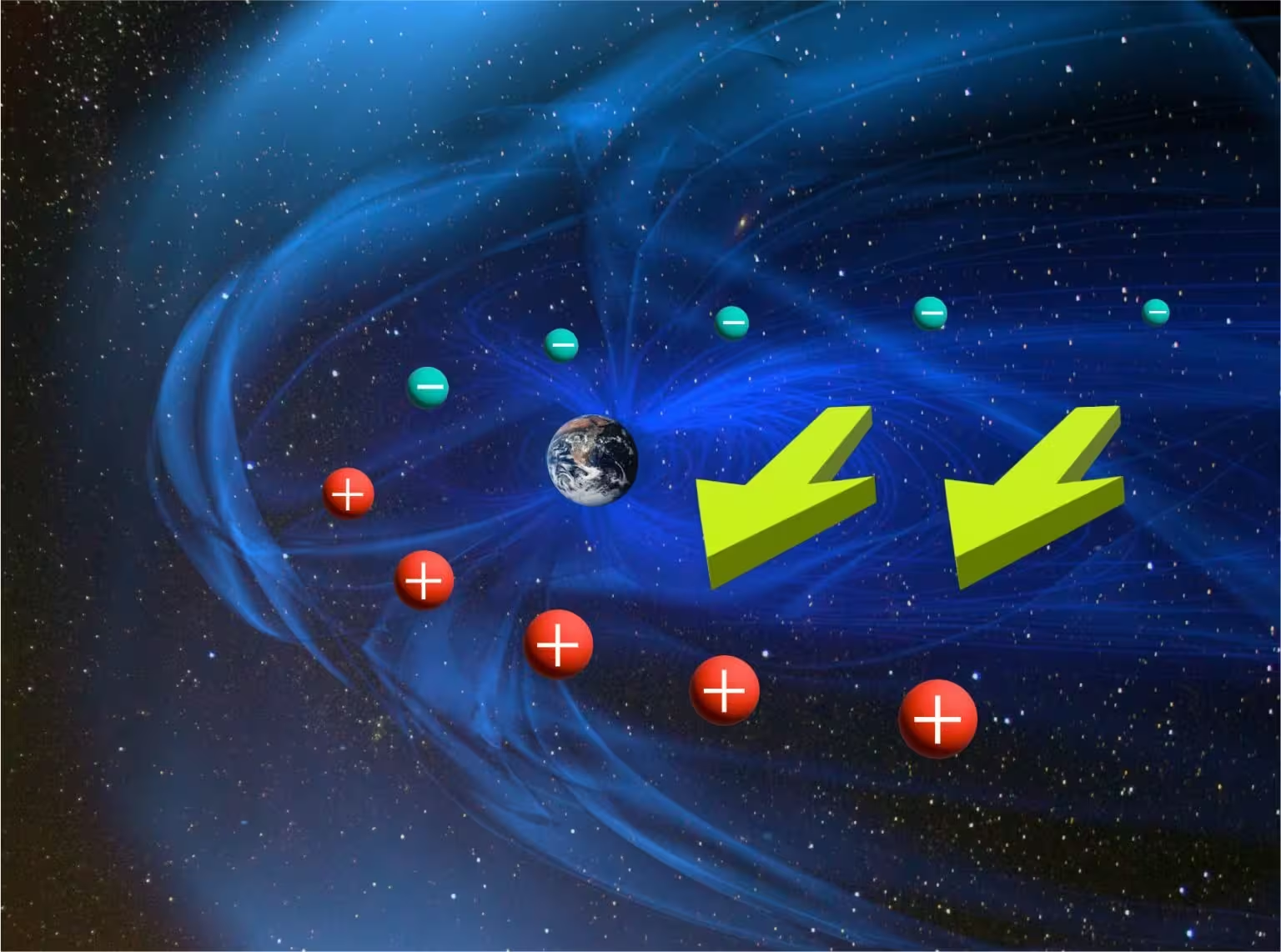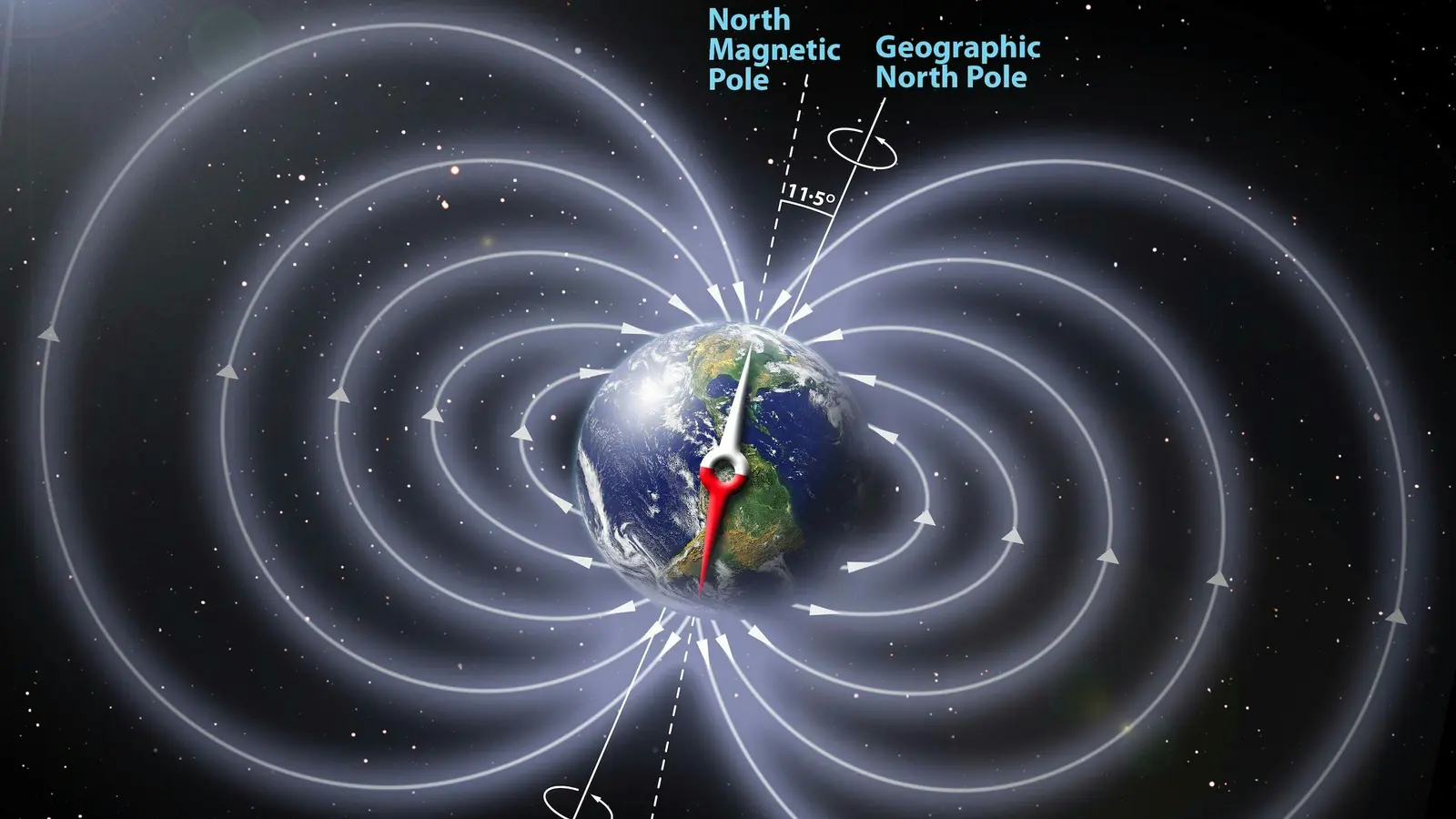4 Minutes
New satellite observations and large-scale simulations have overturned a long-held assumption about how electric charge is distributed across Earth's magnetosphere. Instead of the morning side being positively charged and the evening side negative, the opposite appears to be true across much of the equatorial region — a discovery that reshapes how scientists think about near-Earth space and the drivers of space weather.
Shocking reversal: what satellites revealed
For decades, textbooks and models assumed that the magnetospheric electric field — the large-scale force that sweeps plasma from the morning side of Earth toward the evening side — meant the morning sector carried a net positive charge and the evening sector was negative. That expectation followed simple logic: electric forces move from positive to negative. But recent satellite measurements, combined with modeling work from Kyoto University and collaborators at Nagoya and Kyushu universities, show a striking reversal in the equatorial regions. The morning side is largely negative, while the dusk or evening side is more positive in many locations.
How researchers tested the reversal
The research team used magnetohydrodynamic (MHD) simulations to recreate realistic conditions in near-Earth space. They simulated a steady, fast stream of solar wind plasma interacting with Earth's magnetic field and compared the modeled charge, electric field, and plasma flows with satellite observations. The simulations reproduced the unexpected negative charging on the morning side and positive charging on the evening side in the equatorial plane, although the pattern was not universal across every altitude and longitude.

Why the equator behaves differently
The key to the paradox lies in geometry and motion. As magnetic energy carried by the solar wind enters the magnetosphere, it is transported in a pattern that circulates differently on the dusk side and then flows toward the polar regions. At the same time, Earth's magnetic field points upward near the equatorial plane (from southern to northern hemisphere) but points downward above the poles. This flips the relative orientation between plasma motion and the magnetic field when you move from equator to poles. "The electric force and charge distribution are both results, not causes, of plasma motion," says Yusuke Ebihara of Kyoto University, one of the corresponding authors on the study.
Why this finding matters for space weather and planetary science
Convection — the large-scale flow of plasma in the magnetosphere — drives many dynamic phenomena that affect satellites, communications, and power grids. It also indirectly shapes Earth’s radiation belts, zones of high-energy particles that can damage spacecraft electronics. A corrected understanding of how charge and electric fields are arranged changes how scientists model these processes. Improved models help forecasters predict geomagnetic storms and assess risk to technology in orbit and on the ground.
Beyond Earth, the result has broader implications. Magnetized planets such as Jupiter and Saturn also host complex plasma flows and electric fields. The mechanisms that flip charge polarity between equator and poles on Earth may operate elsewhere, refining our picture of magnetospheres across the solar system.
What comes next: better models and targeted observations
Researchers plan to expand simulations to cover more dynamic solar wind conditions and to analyze multi-satellite datasets at different altitudes and local times. Combining high-resolution observations with refined global models will help determine where and when the polarity reversal appears and how it responds to solar storms. That work will feed directly into space weather forecasting systems and inform designs for resilient satellite hardware.
This result is a reminder that even well-established ideas in space physics can change with new data and modern computing power. The magnetosphere is a dynamic, 3D system, and understanding its true electrical structure is essential for both fundamental science and practical space operations.
Source: scitechdaily
Comments
Tomas
Is this for real or just a simulation artifact? Satellites + MHD sims sound convincing but how consistent across altitudes and storms… anyone know?
atomwave
Whoa never thought the morning side could be negative, mind blown. Textbooks getting rewritten? Physics is messy lol


Leave a Comment